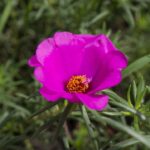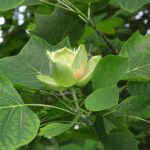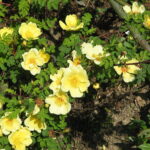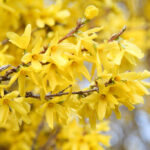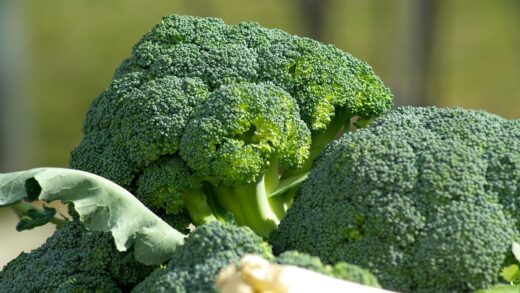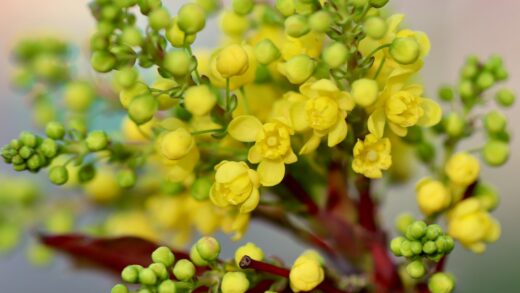Pruning and cutting back of primrose

The pruning and cutting back of primroses is a simple yet vital aspect of their maintenance, focused primarily on promoting plant health, encouraging prolonged flowering, and maintaining a tidy appearance. Unlike many shrubs and perennials, primroses do not require complex structural pruning; instead, the main tasks involve the consistent removal of spent flowers, a practice known as deadheading, and the seasonal removal of dead or damaged foliage. Proper deadheading prevents the plant from expending energy on seed production, redirecting it into creating more blooms. Meanwhile, seasonal clean-ups reduce the risk of pests and diseases, ensuring the plant remains vigorous and healthy from one year to the next. These straightforward practices are key to maximizing the beauty and longevity of your primrose display.
The most frequent pruning task for primroses during their blooming season is deadheading. This involves the removal of individual flowers or entire flower stalks once the blooms have faded. This is not merely for aesthetic reasons; it serves a crucial biological purpose. By preventing the plant from developing seeds, you are essentially tricking it into continuing its reproductive cycle, which for a primrose means producing more flowers. This simple act can significantly extend the blooming period, often encouraging a second or even a third flush of flowers from a healthy plant, thereby maximizing its ornamental value in the garden.
Beyond deadheading, the other main aspect of pruning is sanitation, which involves the removal of any yellowing, dead, or diseased leaves throughout the growing season. This should be done by gently pulling the leaf and its stem away from the base of the plant or by using a clean pair of snips. This practice has multiple benefits: it improves air circulation around the crown of the plant, which is critical for preventing fungal diseases like botrytis. It also eliminates potential hiding spots for pests such as slugs and snails and removes any foliage that might be harboring disease spores, helping to keep the entire plant healthy.
There is no need for hard pruning or shearing of primroses in the way one might cut back other perennials. The growth habit of most primroses is a basal rosette of leaves, and cutting this back wholesale can severely damage or even kill the plant. The approach should always be selective and targeted, removing only what is necessary—spent flower stalks and unhealthy leaves. This gentle and consistent approach to maintenance is perfectly suited to the nature of the plant and is all that is required to keep it in peak condition.
The importance of deadheading
Deadheading is the single most effective technique for prolonging the flowering season of your primroses. Once a flower is pollinated, the plant’s hormonal signals shift its energy focus from producing more blooms to the development of viable seeds. By removing the spent flower before it has a chance to form a seedpod, you interrupt this process. This prompts the plant to redirect its energy back into creating new buds and flowers in a renewed attempt to reproduce, resulting in a much longer and more impressive floral display for the gardener to enjoy.
More articles on this topic
The process of deadheading is straightforward. For primroses that produce single flowers on individual stems, like the Acaulis types, you should pinch or snip off the entire stem at the point where it emerges from the base of the plant. For varieties that produce clusters of flowers on a single stalk, such as Polyanthus or Candelabra primroses, you can either pinch off the individual faded flowers from the cluster to keep it looking fresh, or wait until most of the flowers on the stalk have faded and then remove the entire stalk from the base. A consistent approach, checking your plants every few days, yields the best results.
Beyond encouraging more flowers, regular deadheading contributes significantly to the overall health of the primrose. The decaying petals of spent flowers are an ideal breeding ground for botrytis, or grey mold, especially in damp weather. By removing this decaying organic matter promptly, you drastically reduce the risk of this fungal disease taking hold and spreading to the healthy leaves and crown of the plant. This preventative measure is a simple and organic way to maintain plant health without resorting to chemical fungicides.
It is worth noting that if you wish to collect seed from your primroses, perhaps to try growing them yourself or to allow for natural self-seeding in the garden, you should cease deadheading towards the end of the flowering season. Allow a few of the last, healthiest-looking flowers to remain on the plant to mature and develop seedpods. However, for most modern hybrids which may not come true from seed, or if your primary goal is the longest possible bloom time, consistent deadheading throughout the entire flowering period is the recommended practice.
Pruning for plant health and shape
Pruning for the health of a primrose is primarily an act of sanitation. Throughout the entire growing season, from spring through autumn, you should be vigilant about removing any foliage that shows signs of trouble. This includes leaves that are yellowing, brown, spotted, or have been damaged by pests. Removing these leaves promptly serves two important functions. Firstly, it prevents the potential spread of any fungal or bacterial diseases that may be present on the foliage. Secondly, it removes weakened tissue that is more susceptible to infection and attractive to pests.
More articles on this topic
This process of selective leaf removal also helps to maintain the attractive, compact shape of the primrose rosette. When dead and decaying leaves are allowed to accumulate, they can make the plant look messy and unkempt. A clean, well-maintained plant not only looks better but is also healthier. The removal of this excess foliage improves air circulation through the center of the plant and around the crown. This increased airflow helps the leaves and crown to dry more quickly after rain or watering, creating an environment that is far less hospitable to fungal pathogens.
When removing leaves, it is best to follow the leaf stem (petiole) back to the point where it joins the crown and remove the entire leaf. Simply tearing off the leafy part and leaving the stem can result in decaying stubs that can become entry points for disease. If the leaves pull away easily with a gentle tug, this is a good method. If they offer resistance, use a pair of clean, sharp scissors or small pruners to make a clean cut close to the base of the plant. Always sterilize your tools between plants if you suspect any disease is present.
This type of health-focused pruning should be seen as an ongoing task, not a once-a-season chore. A few minutes spent each week inspecting your plants and tidying them up will pay significant dividends in their long-term health and vigor. It is a proactive approach that heads off problems before they can become established. By maintaining a clean and healthy plant, you are creating a resilient primrose that is better equipped to fend off the challenges of pests and diseases on its own.
End-of-season cutting back
The question of whether to cut primroses back at the end of the season is a common one, and the answer for most primroses is to do very little. Unlike many herbaceous perennials that benefit from being cut back to the ground in autumn, the evergreen or semi-evergreen foliage of a primrose plays a role in protecting the crown during the winter. The leaves of many hardy primroses will persist through the cold months, and while they may look a bit tattered by spring, they provide a natural layer of insulation for the dormant growing point at the center of the plant.
The main end-of-season task is a final clean-up, typically in late autumn before the first hard frost. Go through your primrose patch one last time and remove any leaves that are clearly dead, yellowed, or diseased. This final act of sanitation helps to reduce the amount of pathogenic material that could otherwise overwinter near the plant and cause problems in the spring. However, you should leave all the healthy, green leaves intact. A hard cutting back of all foliage in the autumn is not recommended and can weaken the plant, making it more vulnerable to winter damage.
The real “cutting back” happens in the early spring, not the autumn. As the new season’s growth begins to emerge from the center of the crown, you can then go through and remove all of the old, winter-damaged foliage from the previous year. These old leaves will often be brown, limp, and easily pulled away from the base. This spring clean-up makes the plant look much tidier, allows light and air to reach the new growth, and removes any final overwintering pests or disease spores, giving the plant a fresh, healthy start to the year.
For primroses grown in containers that are being brought into a sheltered location for the winter, a light trim and clean-up in the autumn is still a good practice. Removing any dead or dying leaves before bringing the pots indoors or into a greenhouse reduces the risk of fungal diseases developing in the more humid, enclosed environment. But again, the healthy foliage should be left in place. The guiding principle for primrose pruning is always one of maintenance and sanitation rather than wholesale removal.





